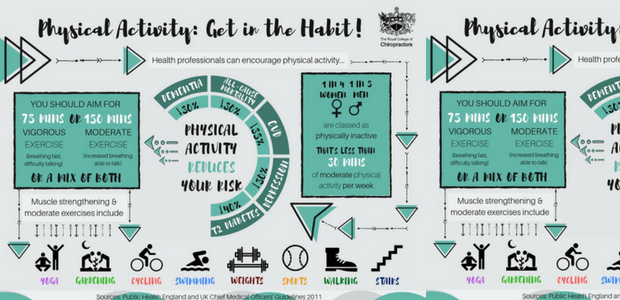The Role Of Stance In Pain In The Back: Tips For Achieving And Maintaining Good Placement Throughout Your Day
The Role Of Stance In Pain In The Back: Tips For Achieving And Maintaining Good Placement Throughout Your Day
Blog Article
Write- gua sha new york -Kragh Thaysen
Maintaining correct position isn't just about sitting up directly; it's about aligning your body in a manner that sustains your spine and reduces the danger of pain in the back. The method you sit, stand, and relocate throughout the day can considerably influence your spinal health. However how precisely can you guarantee good alignment consistently, even throughout busy days filled with different activities? Let's dive deeper right into the refined yet impactful modifications you can make to your everyday routine to keep your back satisfied and healthy and balanced.
Value of Correct Posture
Proper position is essential in maintaining a healthy back and avoiding pain. When you sit or stand with great stance, your spinal column is in positioning, decreasing pressure on your muscular tissues, ligaments, and joints. This alignment enables the body to disperse weight equally, protecting against too much stress and anxiety on certain areas that can bring about discomfort and pain. By maintaining your back properly lined up, you can also enhance your breathing and food digestion, as slouching can press organs and restrict their functionality.
Moreover, preserving great posture can improve your total appearance and confidence. When you stand tall with your shoulders back and head held high, you show confidence and appear even more approachable. Good posture can likewise make you feel more invigorated and alert, as it advertises proper blood circulation and enables your muscle mass to work efficiently.
Incorporating correct posture into your everyday regimen, whether sitting at a desk, strolling, or exercising, is vital for preventing back pain and promoting general health. Remember, a small modification in just how you hold yourself can make a significant distinction in how you feel and function throughout the day.
Common Postural Mistakes
When it pertains to preserving excellent stance, many individuals unconsciously make common errors that can contribute to neck and back pain and discomfort. One of one of the most widespread errors is slouching or hunching over while resting or standing. This placement puts extreme pressure on the back and can cause muscular tissue inequalities and discomfort in the future.
Another common mistake is overarching the lower back, which can flatten the natural curve of the spinal column and create discomfort. In addition, crossing legs while sitting may really feel comfortable, yet it can produce a discrepancy in the hips and pelvis, resulting in postural concerns.
Using a pillow that's also soft or also firm while sleeping can likewise impact your alignment and add to pain in the back. Finally, frequently craning your neck to consider screens or readjusting your setting often can strain the neck and shoulders. Bearing in mind these typical postural mistakes can aid you maintain far better alignment and minimize the risk of neck and back pain.
Tips for Correcting Positioning
To enhance your alignment and lower back pain, it's vital to concentrate on making small modifications throughout your day-to-day regimen. Start by bearing in mind your stance. When resting, ensure your feet are level on the flooring, your back is straight, and your shoulders are relaxed. Stay clear of slouching or leaning to one side. Usage ergonomic chairs or pillows to sustain your lower back.
When standing, distribute your weight evenly on both feet, maintain your knees somewhat bent, and tuck in your hips. Involve your core muscles to support your spinal column. Take breaks to extend and walk around if you have a sedentary job. Incorporate workouts that enhance your core and back muscle mass, such as slabs or bridges.
While resting, use a cushion that sustains the all-natural curve of your neck to keep correct spine alignment. Avoid sleeping on your tummy, as it can strain your neck and back. By being more resources of these pointers and making small modifications, you can slowly remedy your positioning and relieve pain in the back.
Conclusion
Bear in mind, keeping good posture is vital to stop pain in the back and promoting spine health. By bearing in mind your placement, dispersing weight evenly, and involving your core muscles, you can minimize strain on your back and lessen the danger of discomfort and injury. Integrate ergonomic assistance, take routine breaks to stretch, and strengthen your core and back muscular tissues to preserve appropriate placement throughout the day. Your back will thank you for it!
